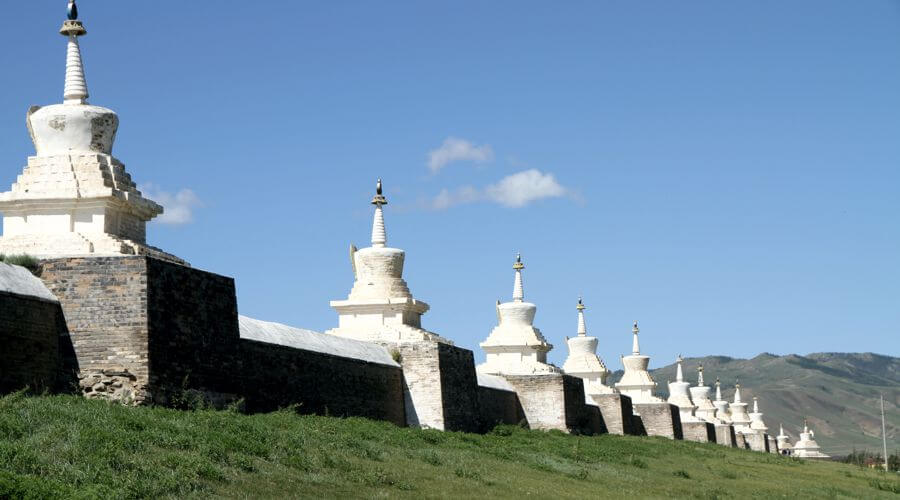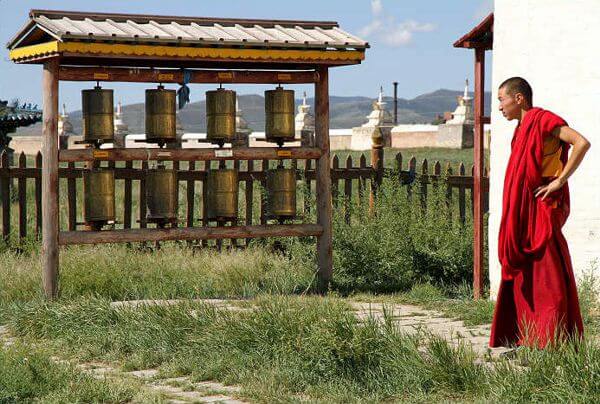Add Your Heading Text Here
Add Your Heading Text Here
Add Your Heading Text Here
Add Your Heading Text Here


Kharakhorum was constructed in 1220 by Genghis Khan as a military center on the open steppe on the right bank of the Orkhon River in central Mongolia, about five kilometers from the river itself. The name derives from the words “black stones” or “black walls.” Traders and craftsmen established themselves around the location until it expanded into a town, resulting in an informal settlement pattern. These nomads were drawn to the highlands because of their proximity and the opportunity for seasonal grazing. In other words, Genghis Khan had chosen the ideal location for a nomad camp, but not necessarily for a stable city with property and people to safeguard. Ogodei, Genghis Khan’s son, was responsible for transforming the city into a well-organized metropolitan region. The top and bottom of the walls formed a rectangle, with the top and bottom positioned on a northwest/southeast axis, rather than the conventional north/south axis. The outer city walls were composed of earth and measured 1000 meters north, 1500 meters west, and two kilometers east. The discovery of the remnants of a northeast corner tower has led to the assumption that each corner had one, modeled after Chinese towns of the time. The palace of Ogodei was located in the southwest corner, within a walled enclosure. A pond was west of the palace complex, fed by a canal from the Orkhon river. This canal also supplied water to the city.
Kharakhorum was divided into four halves roughly. There was one for the businessmen and markets, many of whom were Muslim, and another for the artists imported from China. The Mongol overlords were tolerant of religious diversity, and Kharakhorum had mosques, twelve “idol” temples, as William of Rubruck described them, albeit at least one of them was Buddhist, and even a Christian church, all crowded together in one end of the city. For the Khan, his family, and his officials, the fourth quarter was a walled enclosure. Government officials occupied a third of the palace city. Ogodei had recruited scribes who could interpret any of the empire’s languages.
Kharakhorum drew a large number of tourists from the west, all of whom documented their journeys. The Flemish Franciscan monk William of Rubruck, who visited Kharakhorum in 1253 and wrote a thorough description of Mongolian life in his Journey to the East, is the most noteworthy.
After Ogodei’s death in 1241, his widow, Toregene Khatun, governed Kharakhorum as regent until Guyuk was named Khan in 1246. He was replaced by Mongke Khan in 1249, who was succeeded by Ariq Boke in 1259. There were multiple competing branches of Genghis Khan’s lineage, therefore none of these successions were easy. In 1264, Kublai Khan defeated Ariq Boke, and by 1279, he had conquered China and defeated the Song dynasty. Kharakhorum was relegated to a backwater provincial city after Kublai transferred his capital to Khanbaliq (modern Beijing), and was eventually destroyed by invading Chinese forces in the 15th century. Erdene Zuu, Mongolia’s largest and grandest monastery, is said to have been built from the rubble of this once-great city in the 16th century and is still operational today. The UNESCO World Heritage Site and the Mongolian government are both protecting the ruins of the once-great city.